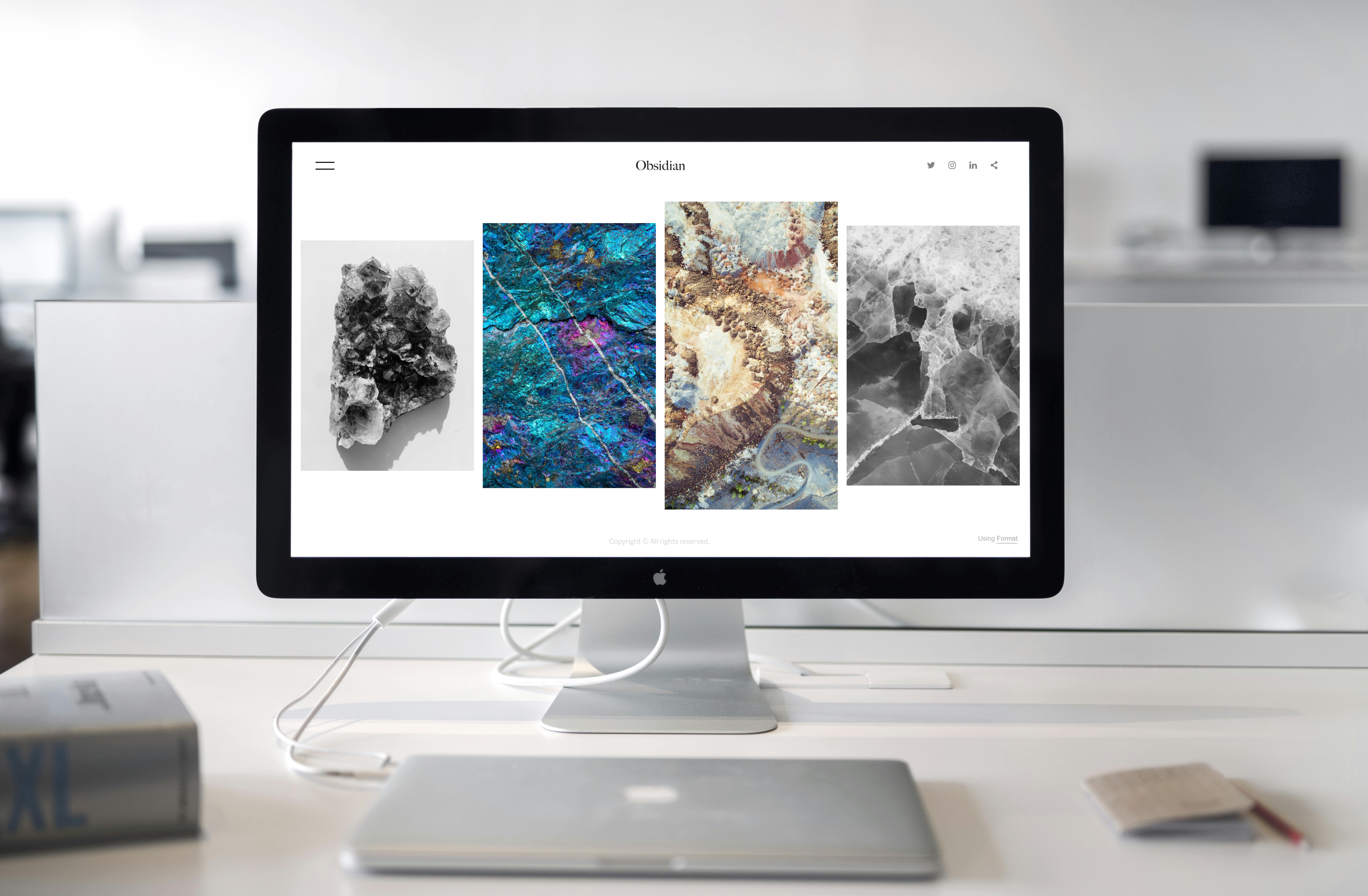WebP: The Next-Generation Image Format for Faster Loading Websites
In the dynamic landscape of web development, optimizing website performance is paramount. One of the most significant advancements in this realm is the emergence of WebP as a next-generation image format. Designed by Google, WebP offers superior compression and quality, making it a powerful tool for enhancing user experience through faster loading times and improved SEO. This comprehensive guide explores what WebP is, its benefits, how to use it effectively, and its impact on website performance and search engine rankings.
Understanding WebP: A Breakthrough in Image Compression
WebP is an innovative image format developed by Google that provides both lossy and lossless compression for images on the web. It employs advanced compression techniques to reduce file sizes significantly without compromising visual quality. This makes WebP ideal for optimizing websites and improving loading speeds, which is crucial for user engagement and SEO.
Benefits of Using WebP
1. Faster Loading Times: WebP images are typically smaller in size compared to JPEG and PNG files, resulting in faster page load times. This enhances user experience by reducing waiting times and improving overall site performance.
2. Improved SEO Performance: Website speed is a critical factor in search engine rankings. Faster loading times achieved through WebP can positively impact SEO, leading to higher rankings on search engine results pages (SERPs).
3. Better Compression Efficiency: WebP uses advanced compression algorithms that achieve better compression ratios compared to traditional formats like JPEG and PNG. This ensures that websites maintain high-quality visuals while minimizing bandwidth usage.
4. Support for Transparency and Animation: WebP supports both lossy and lossless transparency, offering flexibility for designers to use alpha channels for transparent backgrounds. It also supports animated images (WebP animation), making it versatile for various multimedia applications.
How to Use WebP Effectively
Integrating WebP into your website involves several steps to ensure optimal performance and compatibility:
1. Conversion Tools and Software
Use conversion tools and software to convert existing JPEG and PNG images to WebP format. Tools like Adobe Photoshop, GIMP, and online converters provide options for converting individual images or batches efficiently.
2. Implementation on Websites
Implement WebP images on your website by updating image tags in HTML or using CSS for background images. Ensure compatibility across different browsers by using fallback options for browsers that do not support WebP natively.
3. Testing and Optimization
Test WebP images across various browsers and devices to ensure compatibility and optimal performance. Monitor website metrics using tools like Google PageSpeed Insights to measure improvements in loading times and user experience.
4. Fallback Options
Provide fallback options for browsers that do not support WebP by using <picture> elements with <source> tags for WebP and <img> tags for JPEG or PNG alternatives. This ensures all users can access your content seamlessly.
Impact of WebP on Website Performance and SEO
1. User Experience: Faster loading times enhance user experience by reducing bounce rates and increasing engagement. Users are more likely to stay on a website that loads quickly and performs smoothly.
2. SEO Benefits: Google and other search engines prioritize websites with fast loading times in their algorithms. Using WebP to optimize images can contribute to higher rankings on SERPs and improved visibility.
3. Bandwidth Savings: WebP's efficient compression reduces the amount of data transferred between servers and users, leading to cost savings and improved scalability for websites with high traffic volumes.
Future Outlook and Adoption of WebP
As web technology evolves, the adoption of WebP is expected to grow due to its proven benefits in optimizing website performance. Major browsers, including Google Chrome, Firefox, and Microsoft Edge, support WebP, enhancing its compatibility and usability across platforms.
Conclusion: Embracing WebP for Enhanced Website Performance
In conclusion, WebP represents a significant advancement in image optimization for the web. By leveraging its superior compression capabilities, websites can achieve faster loading times, improve user experience, and boost SEO performance. As you consider ways to enhance your website's efficiency and competitiveness in the digital landscape, integrating WebP into your image optimization strategy is a strategic decision that can yield substantial benefits. Start implementing WebP today to unlock the full potential of your website and deliver an exceptional user experience that drives engagement and growth.
